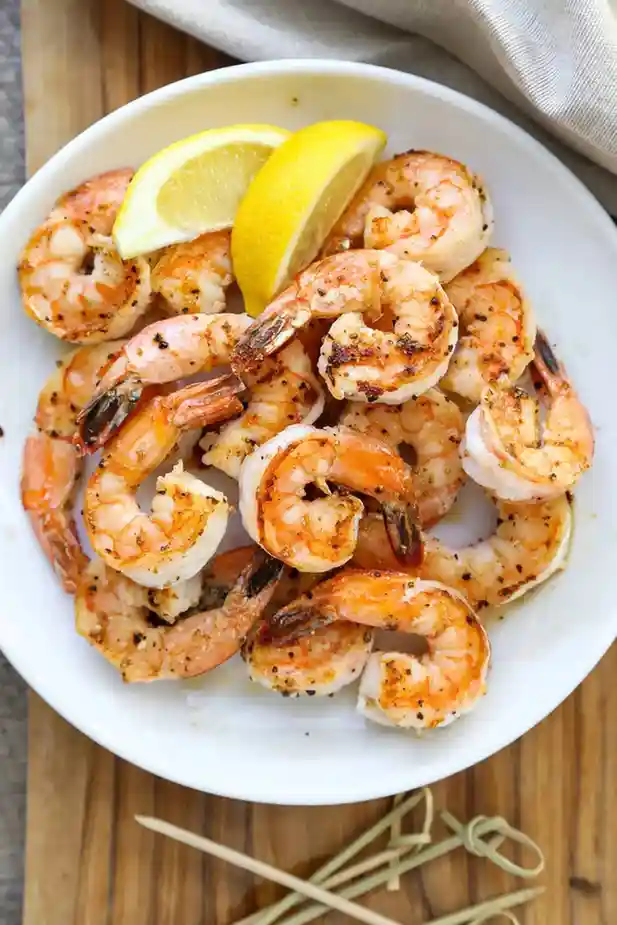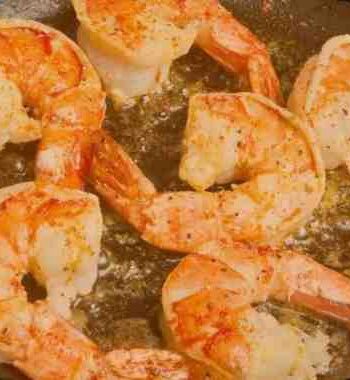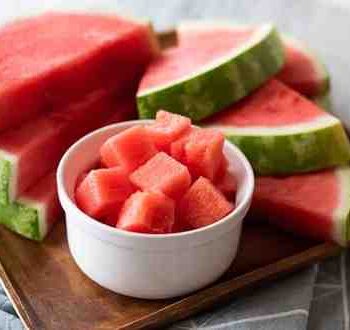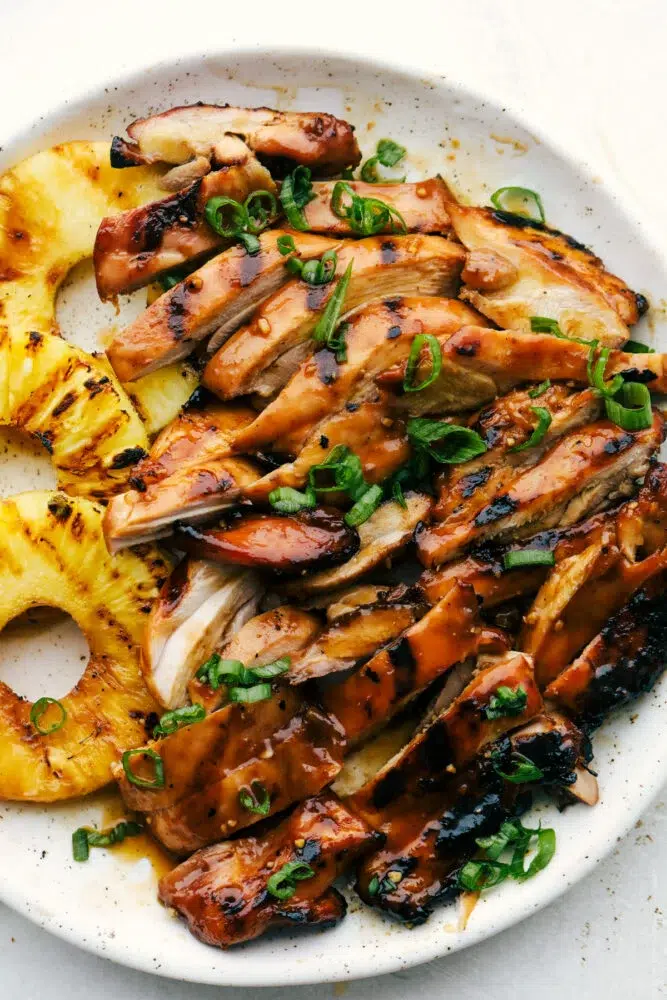Estimated reading time: 6 minutes
Cooked shrimp is a seafood favorite that tastes great whether it’s hot, cold, or added to salads, pastas, and stir-fries. But after it’s cooked, how long does it stay safe to eat? Storing, handling, and reheating it the right way helps keep shrimp fresh, tasty, and, most importantly, safe.
This guide covers everything you need to know about cooked shrimp shelf life, including how to tell if it’s gone bad, best storage methods, and pro tips to make it last longer without losing texture or taste.
Contents
How Long Can Cooked Shrimp Stay Fresh?
The rule is simple:
- Refrigerator: Cooked shrimp lasts 3 to 4 days when stored at or below 40°F (4°C).
- Freezer: Up to 3 months in an airtight, freezer-safe container.
Beyond these times, bacteria can grow fast even in the cold, and spoilage can occur without visible signs. Always follow safe storage guidelines to minimize risk.
Proper Refrigeration – The Secret to Freshness
1. Cool Before Storing
Let the shrimp cool to room temperature (no more than 2 hours) before refrigerating. Placing hot shrimp in the fridge can raise the overall temperature and encourage bacterial growth.
2. Store in Airtight Containers
Use a shallow, airtight container or wrap tightly with aluminum foil or plastic wrap. This prevents air from getting in and drying out the shrimp and making it rubbery.
3. Maintain Consistent Temperature
Keep the shrimp in the coldest part of your fridge, which is usually at the back of the bottom shelf. Try not to store it near the door, since the temperature there changes more often.
How Long Can Cooked Shrimp Sit Out?
According to the USDA, cooked shrimp should not sit out at room temperature for more than 2 hours. If it’s hotter than 90°F (32°C), like at a picnic or outdoor party, limit that time to just 1 hour.
After that, bacteria like Salmonella, Vibrio, and Listeria can multiply fast, and the shrimp is no longer safe to eat.
Freezing Cooked Shrimp for Long-Term Storage. Freezing is the best way to preserve shrimp without losing quality.
How to Freeze Cooked Shrimp:
- Cool completely after cooking.
- Pat dry to remove excess moisture.
- Spread in a single layer on a baking sheet and freeze for 1 hour. This prevents clumping.
- Transfer to freezer bags or airtight containers. Remove as much air as possible.
- Label and date the containers for easy tracking.
Freezer Life Expectancy:
Cooked shrimp is good for up to 3 months. Beyond that, it may still be safe, but it can lose its flavor and texture due to freezer burn.
Thawing and Reheating Cooked Shrimp Safely
1. Thawing:
- Best method: Transfer the shrimp from the freezer to the refrigerator and let it thaw overnight.
- Quick method: Submerge the sealed bag in cold water for 20–30 minutes.
Don’t thaw at room temperature—it can encourage bacterial growth.
2. Reheating Shrimp
The key to keeping shrimp nice and tender is gentle reheating. Try one of these methods:
Don’t reheat shrimp more than once, or you risk contaminating them with bacteria.
Telling If Cooked Shrimp Has Gone Bad
Even when stored just right, shrimp can go bad after a bit. Here’s how to know:
1. A Bad Smell
Fresh cooked shrimp should smell slightly salty or like the ocean. If it smells sour, fishy, or like ammonia, it’s best to throw it away.
2. A Slimy Texture
If it feels sticky or slimy to the touch, then it’s likely got bacterial growth going on, and you should get rid of it. Freshly cooked shrimp should have a smooth, firm texture.
3. Discolouration
Watch for any color changes, such as grey, yellow, or dull spots. These can be signs of oxidation or mold.
4. Off Taste
If the shrimp tastes strange, sour, or just not as it should, don’t risk it. Throw it out.
What Happens If You Eat Bad Shrimp
Eating spoiled shrimp can cause unpleasant food poisoning symptoms, such as:
- Nausea that just won’t quit
- Vomiting
- Diarrhoea
- Stomach cramps
- Fever and chills
In some cases, eating bad seafood can lead to blood poisoning or dehydration. When in doubt, it’s safest to throw it away.
Saving Cooked Shrimp from Going Bad
- Dry It Up: Remove extra moisture, since it can make shrimp spoil faster. Use paper towels to pat the shrimp dry before storing.
- Keep it Consistent: Avoid opening the fridge door too often, as this can cause temperature changes.
- Seal it Up: Vacuum sealing helps shrimp last longer in both the fridge and freezer.
- A Bit of Lemon: Adding some lemon juice can help slow down bacterial growth and make it last longer.
- Label it: Don’t forget to write down the date you cooked or stored the shrimp.
Ideal Storage and Safety Timeline
Here’s a quick reference chart for shrimp storage and safety:
| Storage Method | Temperature | Safe Duration | Notes |
| Room Temperature | 68–90°F (20–32°C) | 1–2 hours | Discard after 2 hours max |
| Refrigerator | ≤40°F (4°C) | 3–4 days | Use an airtight container |
| Freezer | 0°F (-18°C) | 2–3 months | Best flavor within 90 days |
Conclusion
Knowing how long it is safe to eat cooked shrimp is pretty key, both for keeping it tasty and for keeping yourself healthy. If you do things right – like cool it down quick, seal it up tight, and keep the fridge nice and chilly – cooked shrimp can be stored in the fridge for days, or even months in the freezer. It’s all about doing things right from the start.






